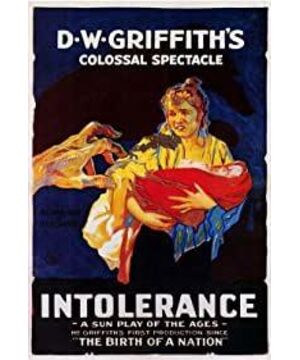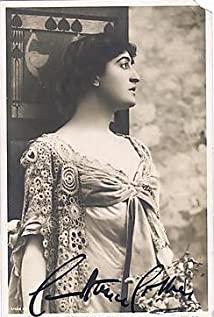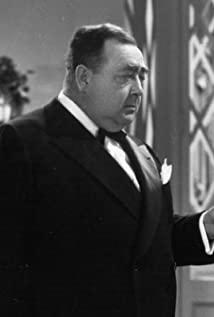This article is in line with the author's recent state of mind, and it can also be said to express my feelings. So, let's start with the movie "Party Dissent". Regarding "Party Dissent", in the previous post "Is Griffith Really a Racist?" It was briefly mentioned in the book, and the basic information of the movie will not be repeated. This article mainly talks about the relationship between "The Party's Commonwealth to Fight Differences" and "The Party's Commonwealth to Fight Differences", and what is "a piece of soil"? What is the "six-foot loneliness"? The four stories of "Parties and Diversity" are: "Mother and the Law", "The Passion of Christ", "The Massacre of St. Bartholomew" and "The Fall of Babylon". "Mother and the Law" tells the story of a young worker in California in the early 20th century who is framed as a murderer and sentenced to death. And his wife must find out the real murderer and rescue her husband before execution; Jesus was betrayed by his disciples, tortured and crucified. "The Massacre of St. Bartholomew" is about 1572 AD in Paris, France, when Catholics launched a massacre of Protestants. A pair of young Protestants who were about to get married also suffered misfortune; "The Fall of Babylon": In the Middle East in 539 B.C. The ancient kingdom has since perished. These four stories take place in completely different time and space, but Griffith cross-cuts these four stories, mixing time and space, for example, with the roar of a modern train, cutting directly to the next Paris, France, trampled by a horse. This was incredible at the time, and it can even be said that this editing method already had the germ of cross-montage. Griffith explained his vision as "four great cyclical stories like four rivers, which at first flowed quietly and peacefully, but finally merged into one mighty turbulent torrent". Based on this, he created this unprecedented narrative method. It can be said that the narrative framework of this film is delicate and complex even now: one main line (Mother and Dharma), three branch lines (the remaining three stories), four stories The lines are independent of each other, and intersect and merge with each other to express their theme: Oppose the same and fight against the differences, and support the peace. The four story lines have a high degree of completion, with characters, conflicts, and good solutions at the end (although only the ending of "Mother and Dharma" is satisfactory); and all four lines have Grinds' famous "last minute rescue" , the rhythm of the film reaches its climax when the four lines come together. The four stories are separated by the figurative representation of Whitman's verses, and the director distinguishes the era by different coloring of the film. This is Griffith's creation of a narrative full of rigour, Wonderful editing, a cinematic utopia with a grand setting. But it was this film that kept Griffith on the fringes of the mainstream for the rest of his life, and why? In terms of artistic achievements, "Party to Fight Differing" was undoubtedly a success, but in terms of commercial benefits at the time, it was a great failure. This contradiction caused film critics to call "Party Dissent" a "brilliant failure". Regarding this, Soviet and American film scholars have two different assessments. Soviet scholars believed that the theme of "Party Commonwealth and Diversity" was too grand, and the four apparently incompatible storylines were combined together, which was a metaphysical concept, and it was impossible to form a unified and generalized film image. This is its biggest failure. The Soviet scholar's view is unreasonable: the essence of the story of mother and law should be class contradiction, and the essence of contradiction between the crucifixion and the massacre of St. How was it born?” Is it, as Marx said, that “religion reverses reality”? As for the fall of Babylon, it is a story of a struggle for kingship. Of course, this is just my humble opinion, and there are more different opinions from different perspectives, but in any case, it is too abstract to simply classify these four stories as "commonly divided". Even so, I thought that Soviet scholars only pointed out the artistic flaws of "Party and Diversity", and still could not explain its commercial failure. Here, the author is more inclined to the views of American scholars. They believe that the commercial failure of "Party to Fight Differing" is mainly due to two points. The first point is that "Party and Differing" is too complicated in structure and too obscure for the audience to understand. The second is that he was born at an untimely time. It was the First World War, and the anti-war sentiment of the American people was very high, which is exactly in line with the anti-war theme of the film. It can be said that "Party Dissent" was rejected by the mainstream films at that time precisely because of its unique method and theme, and encountered the fate of pearl dust. Grindelwald should never have expected the film to be as the title of the film. stamp. However, things were far from over. If the sad fate of "Party to Fight Differing" is "a handful of loess", then Griffith can really be said to be a six-footed solitary. The relationship between the director and his work must be explained here. The director and his works should be interdependent and mutually accomplished. Because of a film, a director can be successful, but he can also be in debt because of a film. One of the rare films that confronts Griffith's career with both. Most of Griffith's works in the later decades of his career were mediocre (forced to pay off debts), and later There is only one masterpiece - "Tears of Remnant Flowers", and by the late 1920s, his status was completely replaced by newcomers. Who would have thought that a dream maker of a movie would end up wandering on the edge of the movie industry?
View more about Intolerance reviews











